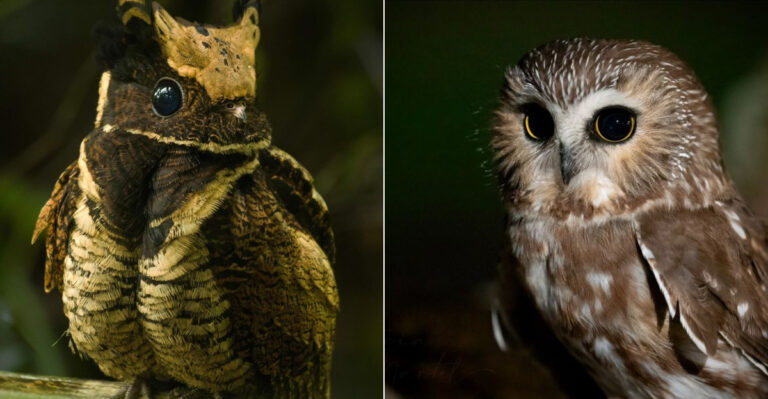Meet Africa’s Most Adorable Antelope – 15 Facts About The Dik-Dik
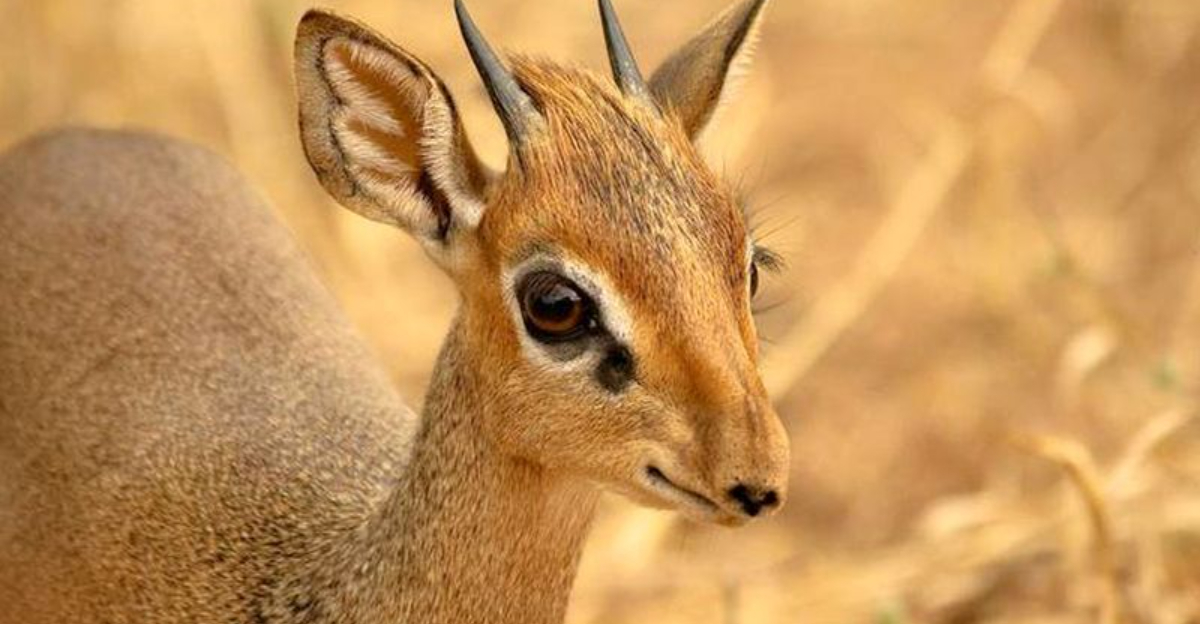
Ever heard of an antelope that’s as petite as a house cat and just as charming? Meet the Dik-Dik, a tiny, nimble antelope native to the African bush.
Despite their small size, these creatures pack a punch when it comes to personality and survival skills. Let’s explore the world of Dik-Diks through these captivating facts that showcase their unique charm and intriguing behaviors.
1. Miniature Marvel
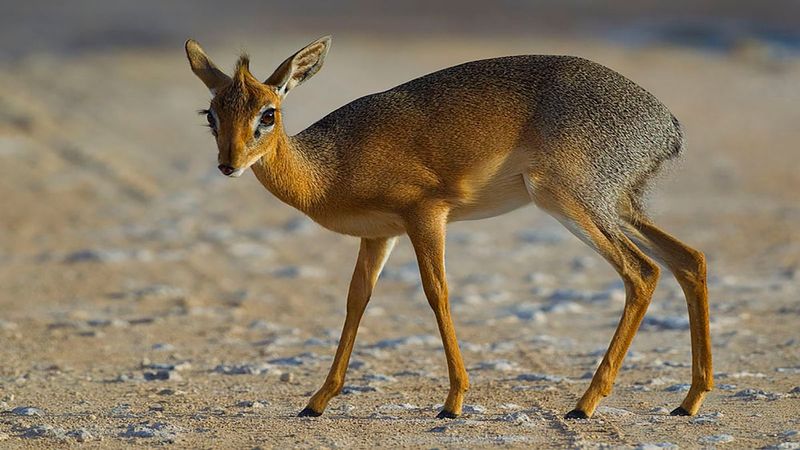
The Dik-Dik is a tiny antelope, standing just about 12-16 inches tall. Picture a creature that’s almost pocket-sized, scampering through the African bush with ease.
Their small stature is not just adorable but also functional, allowing them to navigate through dense shrubs and tall grass without much trouble.
2. Big Eyes, Watchful Eyes
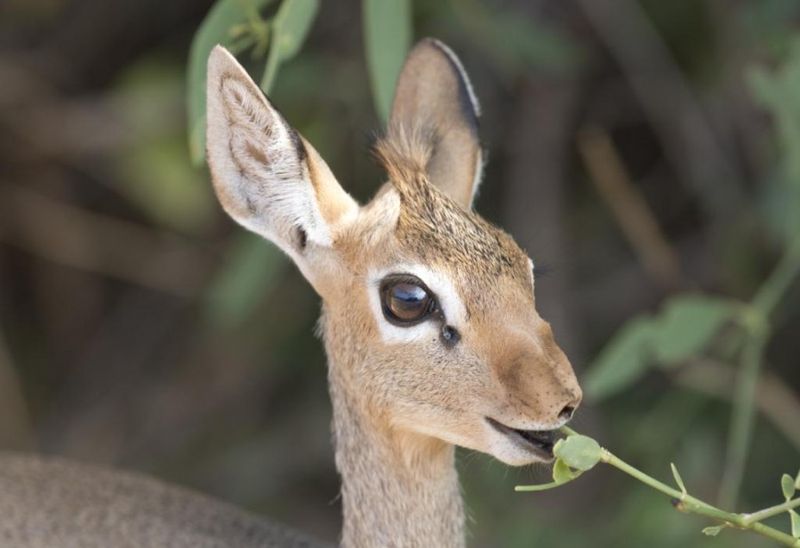
One look into the Dik-Dik’s eyes and you’ll be captivated. Those large, bright eyes aren’t just for show; they provide excellent night vision, crucial for detecting predators in the wild.
Their eyes are truly mesmerizing and contribute to their endearing appearance, making them stand out in the animal kingdom.
3. Speedy Escape Artists

Dik-Diks are incredibly fast for their size. With a nimble and swift gait, they can dart through the landscape in a flash.
When alarmed, they can run at speeds up to 26 miles per hour! Their speed is their primary defense mechanism against predators like leopards and eagles.
4. Always In Pairs

Dik-Diks are monogamous and often found in pairs. They form strong lifelong bonds with their partners, rarely straying far from each other.
This close companionship is uncommon in the animal world, adding a romantic twist to their already fascinating lifestyle.
5. Sound The Alarm
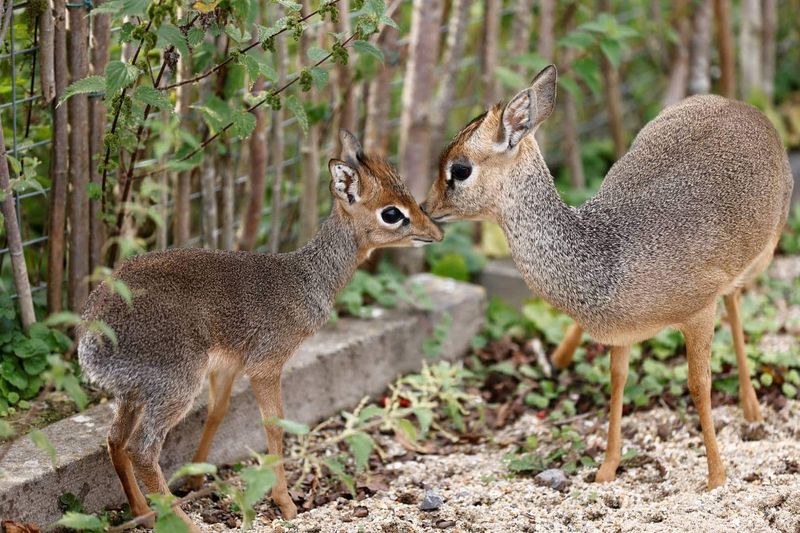
When danger lurks, dik-diks sound an alarm call that resembles a whistling bark. This acts as a warning to fellow dik-diks and other animals.
Alertness and quick reactions help keep the entire area on alert, making them vital sentinels in their environment.
6. The Art Of Camouflage
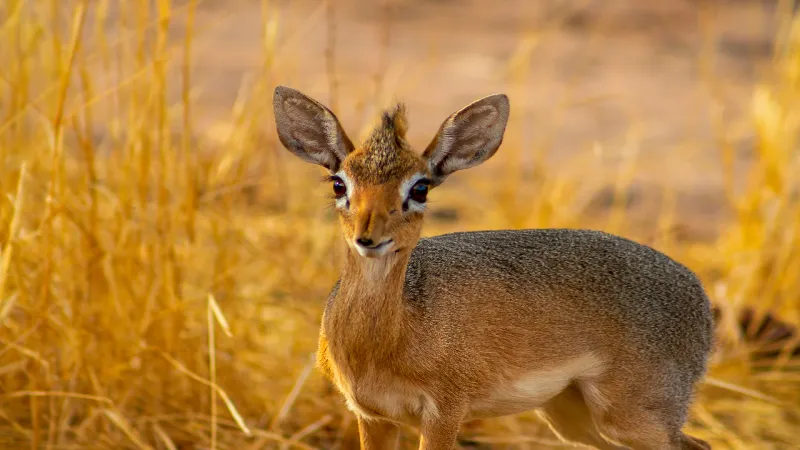
With a coat that mirrors the earthy tones of their environment, Dik-Diks are masters of camouflage. Their ability to blend in helps them avoid the watchful eyes of predators.
This camouflage, combined with their small size, makes them elusive creatures in the wild.
7. Unique Nose Cooling System
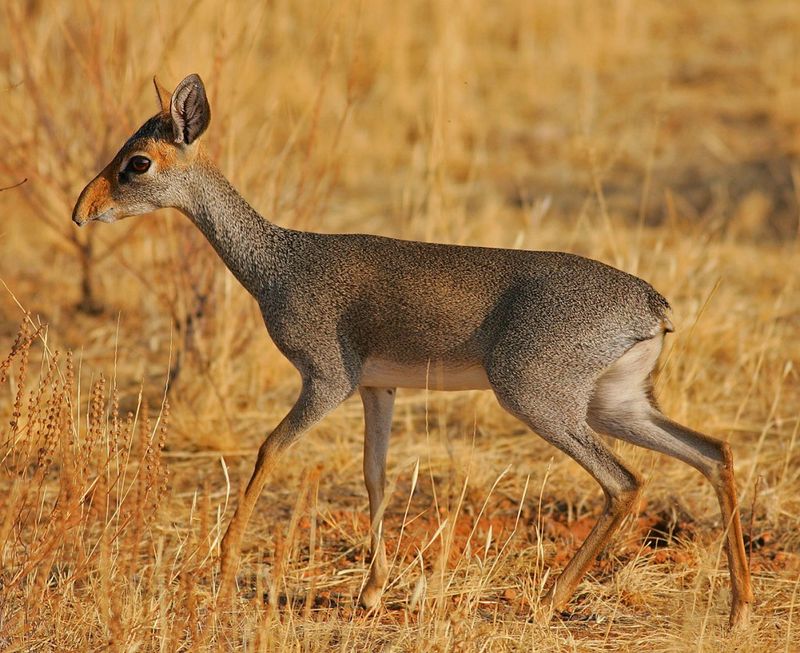
Dik-Diks have a fascinating way of keeping cool. Their snouts are specially adapted to regulate body temperature, cooling the blood as they breathe.
This unique feature helps them survive in the hot African climate, where water can be scarce and temperatures soar.
8. A Day In The Life
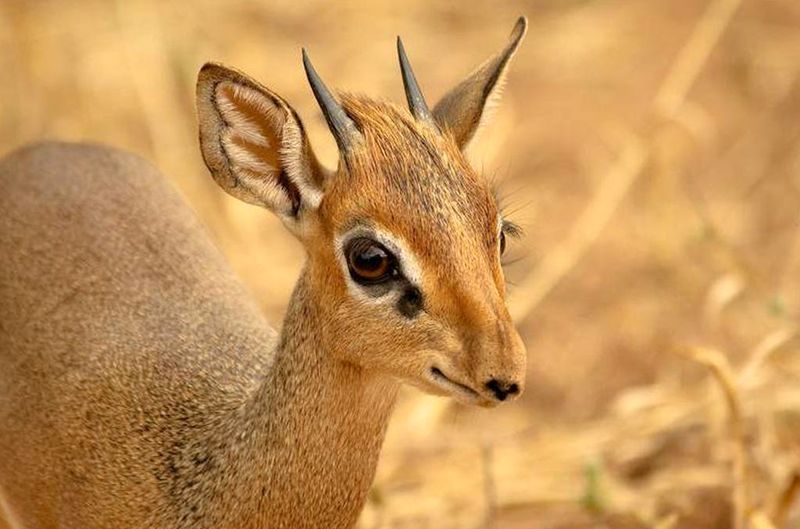
Dik-diks follow a routine that maximizes their chance of survival. Early mornings and late afternoons are their active hours, avoiding the midday heat.
Every part of their day blends feeding, alertness, and social connection into a rhythm that supports their survival.
9. Tiny Territory Defenders

Despite their small size, Dik-Diks are fierce when it comes to defending their territory. They mark their land with scent glands, warding off intruders.
Their dedication to protecting their home turf is admirable, showcasing their strong survival instincts.
10. Remarkable Resilience
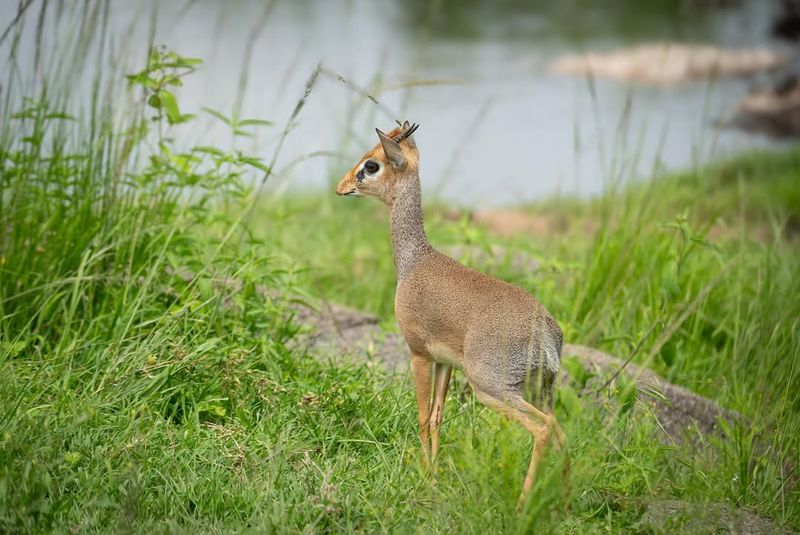
Facing the challenges of the wild, dik-diks exhibit remarkable resilience. They endure harsh climates and predators with grace, adapting to ever-changing environments.
Observing their quiet perseverance reveals just how well they’ve mastered the art of survival.
11. Horned And Mighty
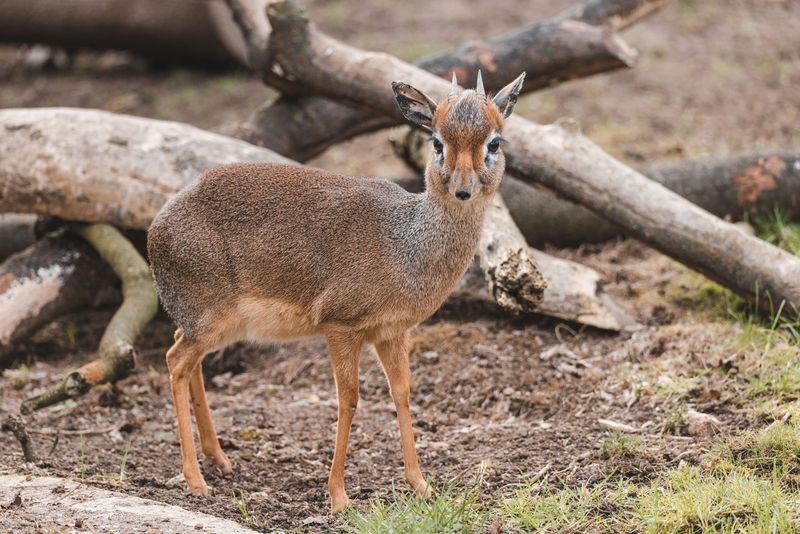
Male dik-diks have small, pointed horns that help them establish dominance. Though tiny compared to other antelope, these horns still matter.
They use them in subtle displays of strength and bravery. It’s a quiet but important way of showing resilience and holding their ground.
12. Curious Creatures
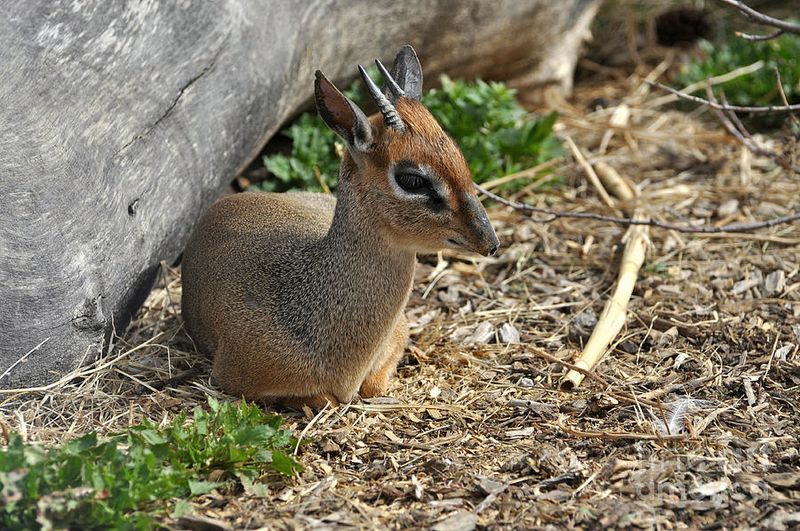
Dik-Diks are naturally curious, often seen exploring their surroundings with an inquisitive gaze. This curiosity helps them learn about potential threats and opportunities in their habitat.
It’s a trait that not only aids in their survival but also adds to their charm.
13. Gentle Grazers
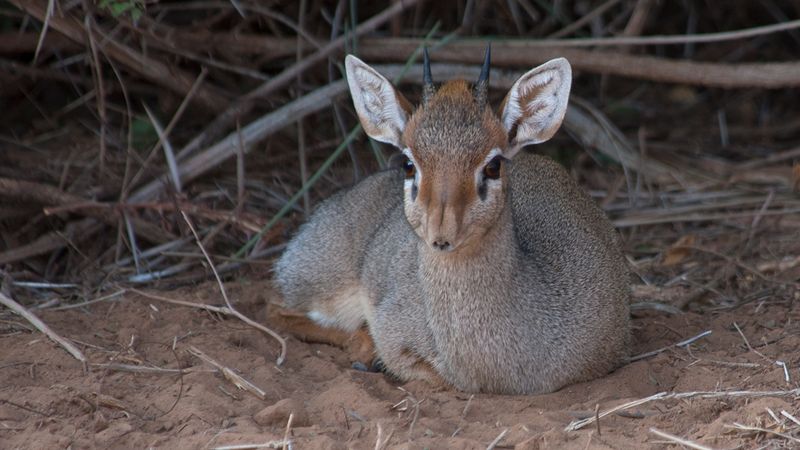
Dik-Diks are herbivores, feeding primarily on leaves, fruits, and shoots. Their diet ensures that they get the necessary moisture, reducing their dependence on water.
This adaptability allows them to thrive in dry habitats where other animals might struggle.
14. Lifespan And Legacy
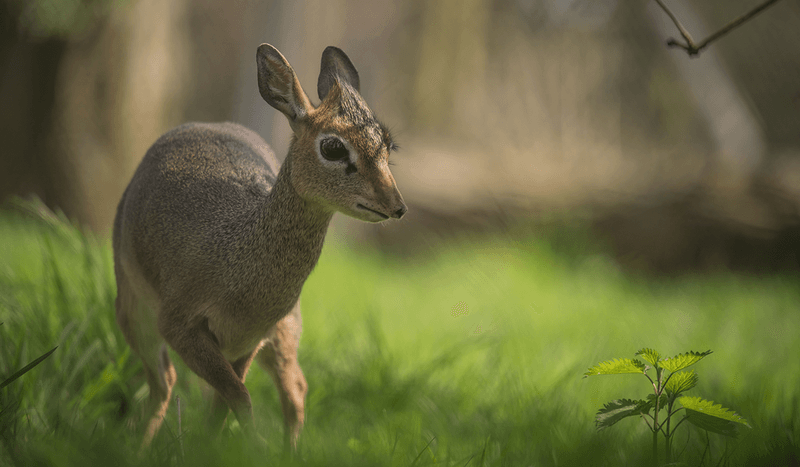
In the wild, dik-diks live up to six years, while in captivity, they can reach ten. Each new birth carries forward their unique legacy.
Longevity in safer environments offers a closer look at their gentle nature and social bonds.
15. Cultural Significance
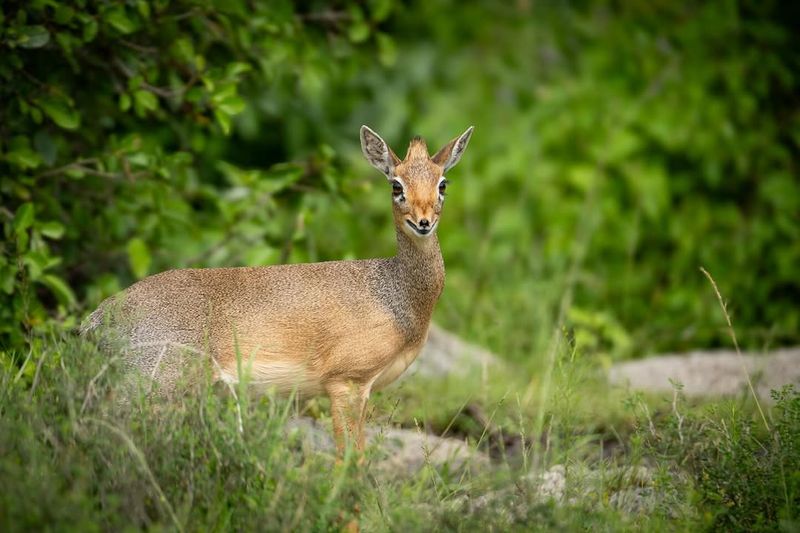
In some African cultures, Dik-Diks hold symbolic significance, often representing agility and grace. Their presence in folklore and art reflects their cultural importance.
This connection to human narratives showcases their impact beyond the wild, bridging the gap between nature and culture.





